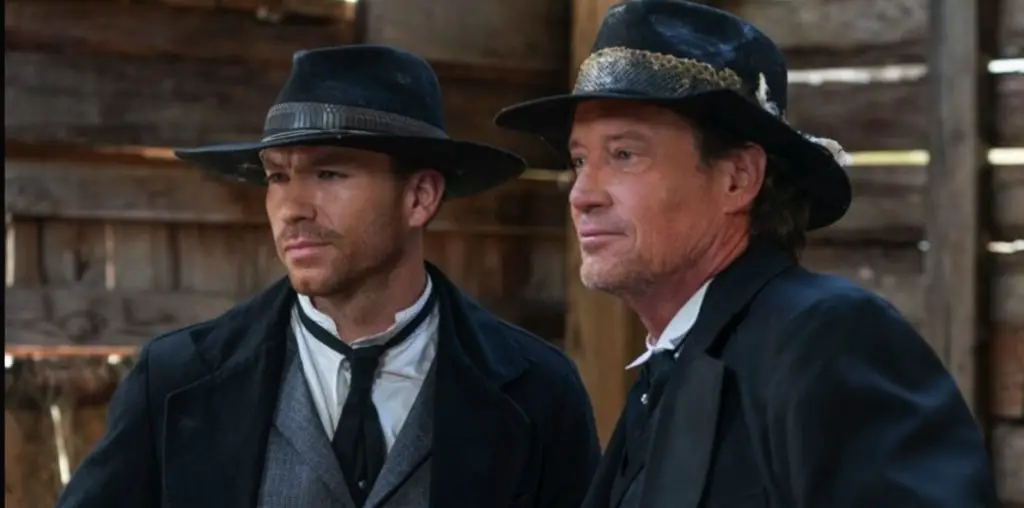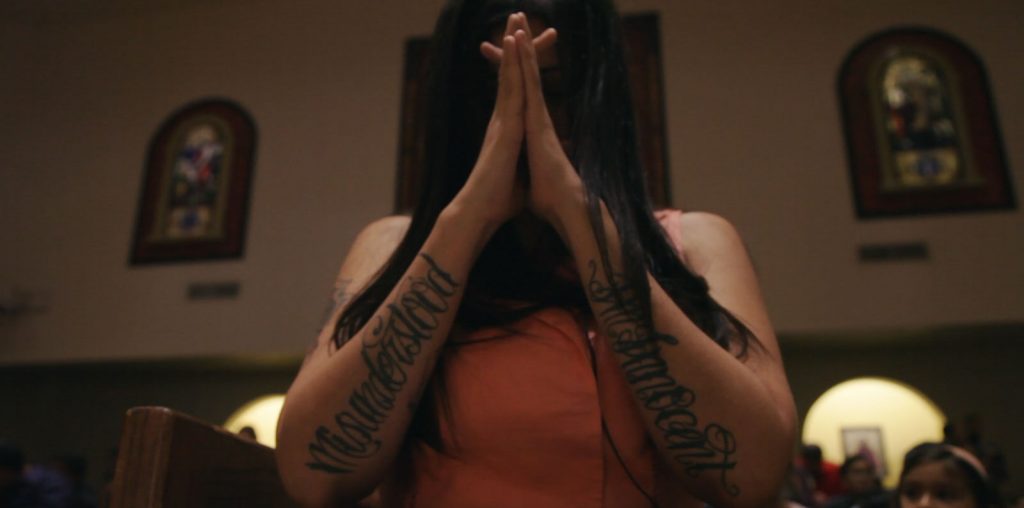
The Founding Fathers are America’s ultimate Dead White Guys. Yet building from the lofty ideals these ancestral WASPs espoused, America has gradually evolved into the world’s largest melting pot; a heady, often uneasy mix of races, cultures, and religions that is unmatched anywhere in the world. “American Tapestry,” Gregory Nava’s multi-cultural exploration of those who’ve reached for the American Dream from outside and inside her borders, paints a competent but not exceptionally innovative study of the American canvas. The film starts on opposite coasts and works its way in. Murray Schneider, a Polish Jew, represents the “traditional” emigre, disembarking under the Statue of Liberty at that Mecca for European immigrants, Staten Island. His inspiring experience contrasts sharply with that of Chinese immigrant Li Keng Wong who arrived at the heights of the Asian Exclusion Acts of the 1930s. Li, her sisters and her mother — passed off as her “aunt” under threat of otherwise certain deportation — were held in the virtual prison of Angel Island off the California Coast. Even today, after decades of playing shell games with their identification, Li’s family exists in America as illegal immigrants. From here, the film turns inward, introducing us to Janie Chatman, an African-American woman who fled to the “promised land” of Chicago from the segregated south. While conditions were marginally better there, Chatman — and others of all races — were destined to come across people like the McNalls. Nice white folks on the surface, the Irish-American W.W.II vet and his primly racist wife can scarcely contain their disdain at the burgeoning multi-cultural encroachment upon their freshly scrubbed, lily-white suburban paradise. It’s likely the McNalls would have little sympathy for the film’s last subject, Eva Conseco. Leaving her children behind in Oaxaca, Mexico, Conseco smuggles herself across the Tijuana border in hopes that the elusive American Dream will provide for the family she’s left behind south of the border. “The American Tapestry” represents a decent, politically correct cross-section of American society. In fact, the film’s nicest moments come in the smooth segues from subject to subject which nicely illustrates the blending and melding of the various societies in an ideal America. This film provides a reminder in these increasingly isolationist, xenophobic times that our diversity is our strength. Yet, in spite of the subjects’ sometimes harrowing stories, something is lacking in this perfunctory film. It covers all the bases and pushes all the right buttons, all right, but it seems to be doing so by rote. “American Tapestry,” like an article of clothing woven from a pattern, somehow lacks soul.

